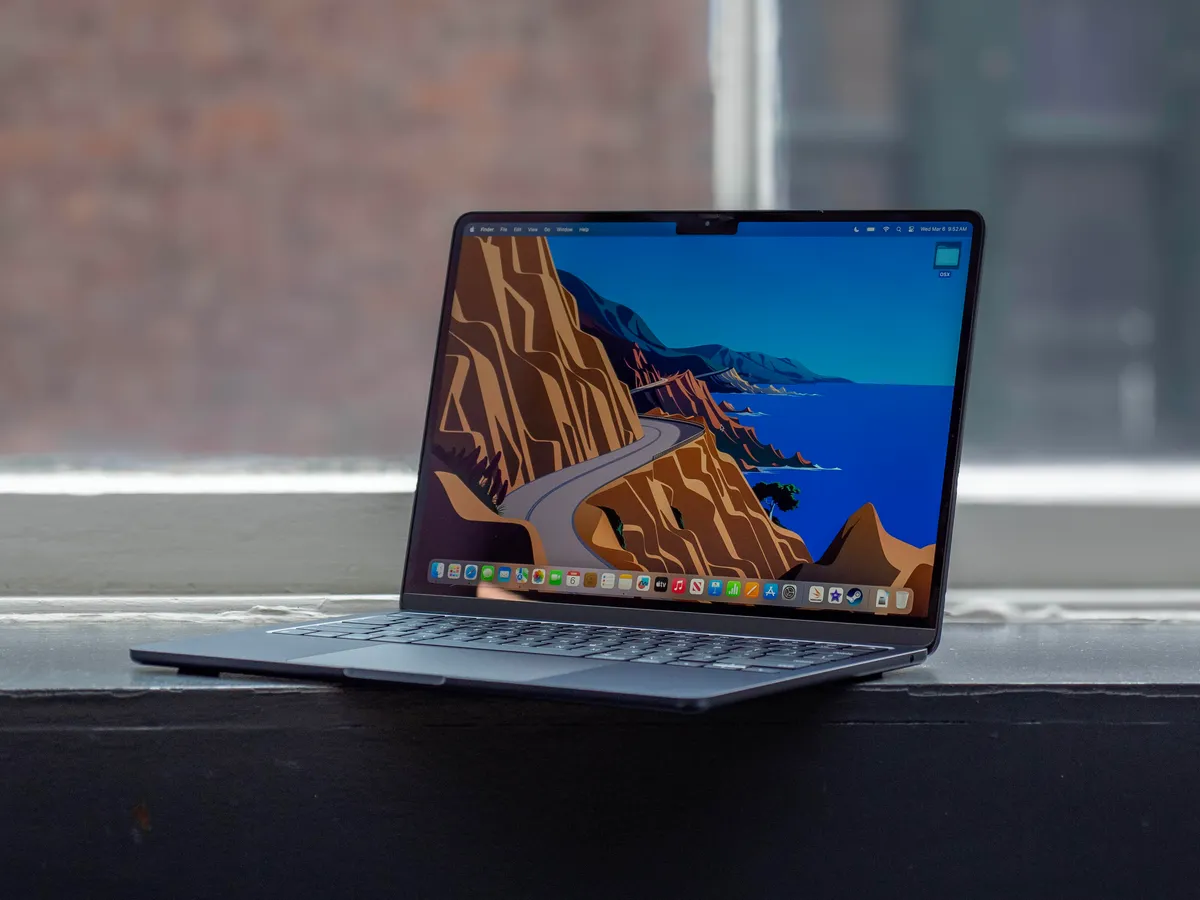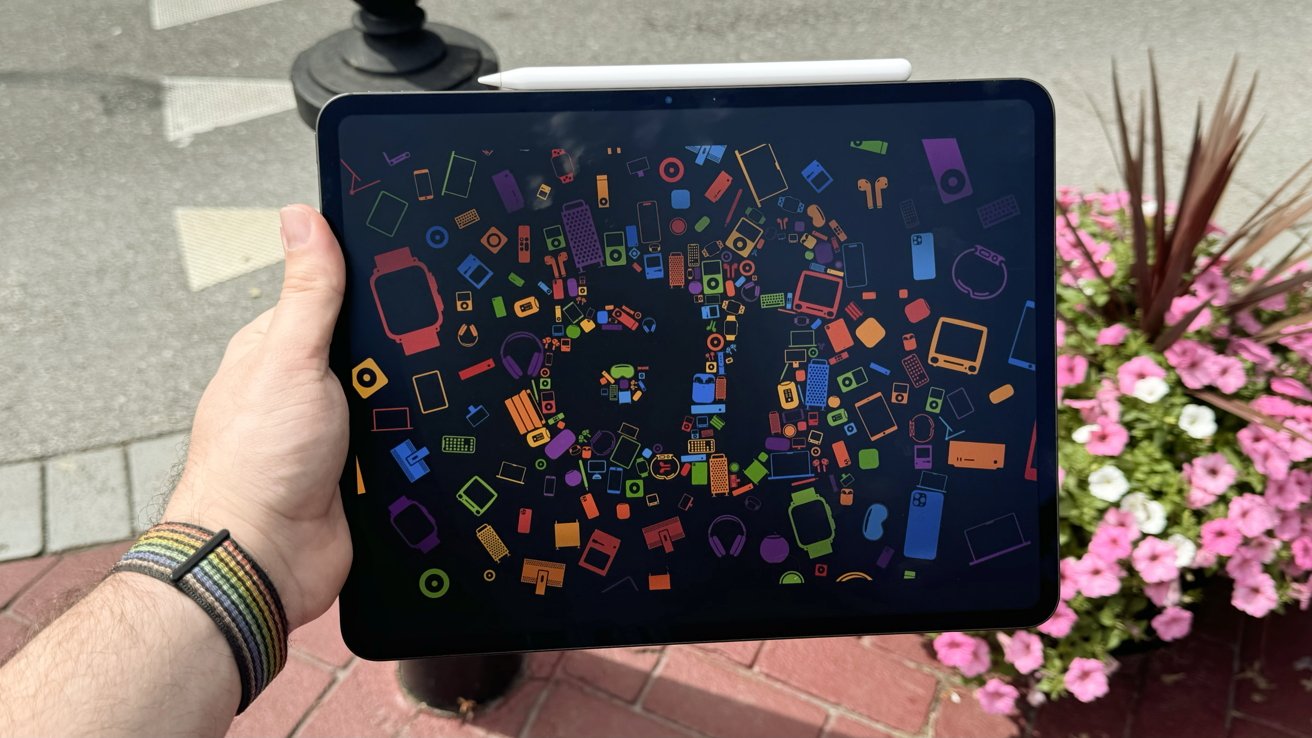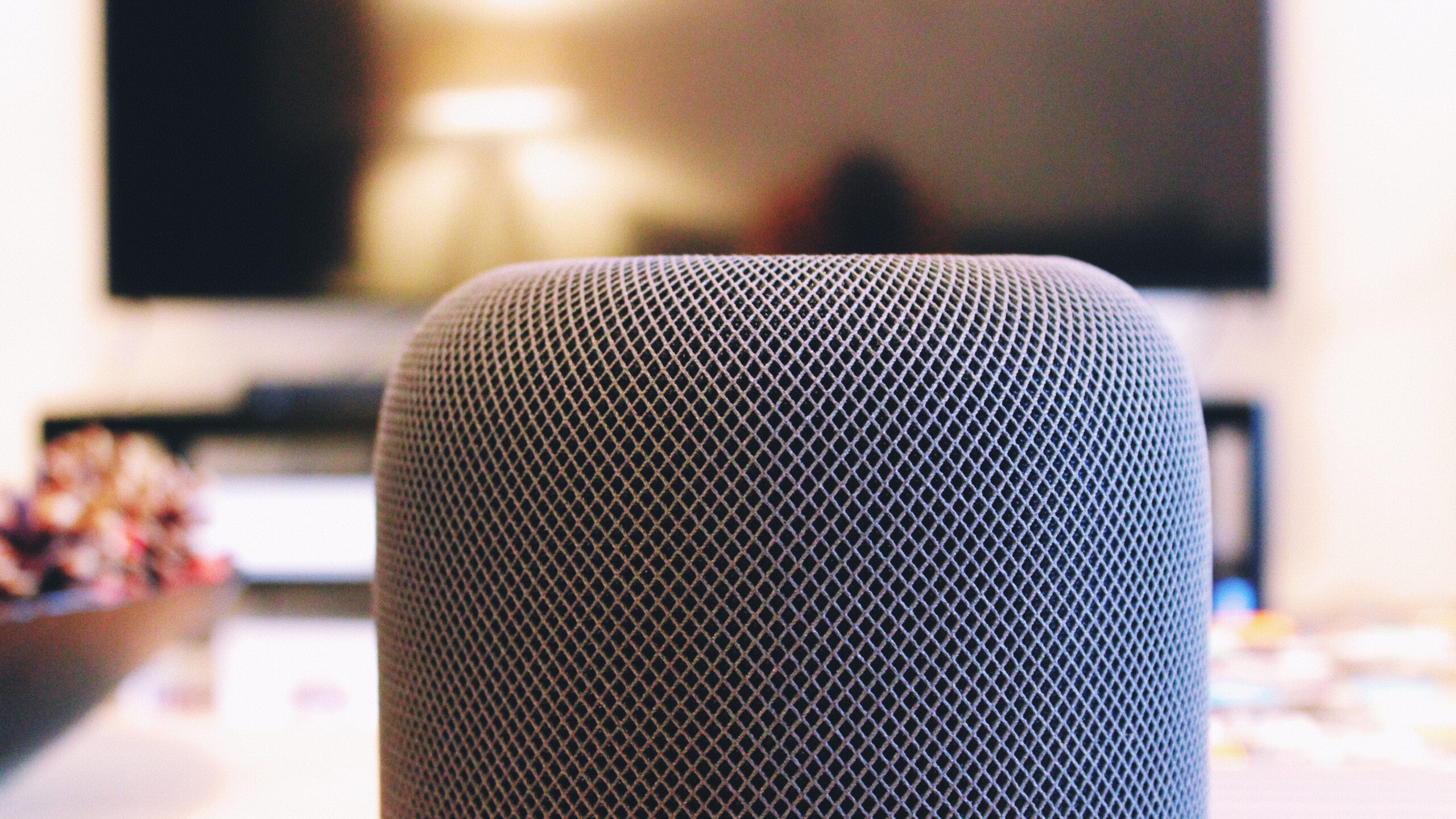Apple has the money to buy almost anything, but TikTok isn’t something it’s likely to acquire. This decision goes beyond just the price tag.
Although Apple has been hugely successful in many areas, it has consistently struggled with launching social media platforms. While buying TikTok might seem like a shortcut, the challenges involved make it a risky move.
TikTok isn’t officially on the market yet, but if it were to be sold, the buyer would need to be an American company to comply with U.S. regulations. Apple could technically buy TikTok—Bloomberg estimates its value at around $60 billion. However, purchasing it would mean starting a new division from scratch, which isn’t Apple’s strong suit.
Apple has shown little interest or ability to thrive in the social media industry. Buying TikTok wouldn’t change the fact that the platform operates in a highly competitive space. Additionally, TikTok’s current operations already face controversies, such as limited search results on sensitive topics like abortion, seemingly to align with certain political views in the U.S. If Apple owned TikTok, it would be responsible for similar censorship decisions, potentially harming its reputation.
Another major hurdle is the heavy moderation TikTok requires. Managing content on such a large platform is expensive and labor-intensive. While some companies, like Meta, have cut back on moderation to save money, Apple would face criticism if it followed suit. If it didn’t, the cost of moderation would still be a significant burden.
Ultimately, Apple doesn’t need the complications that come with TikTok. The $60 billion price isn’t the issue—it’s the endless problems that would follow. Instead, Apple seems to be focusing on smaller, more manageable acquisitions, as seen with its $3 billion purchase of Beats in 2014, still its largest buy to date.
In short, owning TikTok would bring more trouble than value to Apple.








